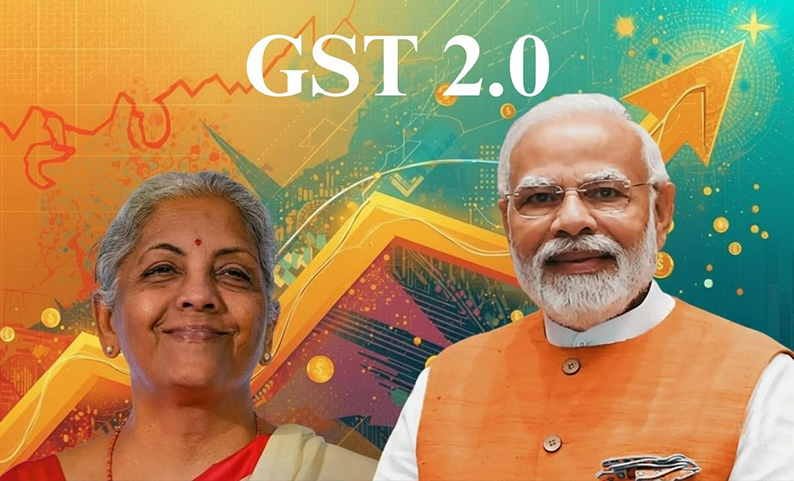
Where possibilities
begin
Gain new perspectives for your digital transformation. You can follow the blogs on this page to get latest information.
GST 2.0 – Can Your Company Handle the Compliance Rush Without a VDR?

A new stage in India’s tax system, commonly referred to as GST 2.0, has begun with the recent reduction in GST slabs. The goal of the move is to increase consumption and simplify taxes, but it also presents a well-known problem: compliance pressure.
This entails new filing requirements, regular audits, reconciliations, and updates to documentation for businesses. Can your business manage this compliance rush using only spreadsheets, emails, and dispersed file storage?
The fact is that compliance can easily devolve into anarchy in the absence of a strong system, such as a Virtual Data Room (VDR).
The GST 2.0 Challenge
With updated slabs come multiple layers of compliance:
- Contracts, invoices, and pricing sheets need to be updated due to frequent rate changes.
- Increased audit scrutiny as authorities make sure businesses adjust appropriately.
- Reconciliations involving a lot of data between suppliers, clients, and vendors.
- sensitive financial and tax records that must be safely shared, stored, and retrieved.
The conventional approaches to handling this deluge of data are risky, time-consuming, and prone to errors for many organizations, particularly those handling large transaction volumes.
Why a Virtual Data Room (VDR) Changes the Game
A Virtual Data Room is more than just secure file storage—it’s a compliance enabler. Here’s how it helps businesses stay ahead in the GST 2.0 era:
1. Centralized Document Management
A VDR offers a single source of truth for all GST-related documents, eliminating the need to chase files across drives, pen drives, and emails. Contracts, credit notes, invoices, and reconciliations—all safely kept and readily available.
2. Audit-Readiness, Always
You can provide auditors and regulators with precisely what they require—neither more nor less—by implementing granular access control and thorough user activity logs. Transparency and confidentiality are thus guaranteed.
3. Secure Collaboration with Stakeholders
Legal teams, tax consultants, auditors, and CFOs frequently have to work together. A VDR lowers the possibility of data leaks and misunderstandings by ensuring the safe, real-time sharing of private documents.
4. Version Control & Compliance Tracking
Contracts, invoices, and policies are updated with each GST update. With VDR version control, there is never any confusion or duplication about which version is the most recent and compliant.
5. Risk Mitigation
Dynamic watermarking, redaction tools, and encryption ensure sensitive financial data is safe from unauthorized access or misuse.
The Bigger Picture: From Tax Burden to Strategic Advantage
Compliance doesn’t have to be a burden. In fact, with the right technology, it can become a strategic advantage. Companies that adopt VDRs don’t just manage compliance; they gain:
- Faster audits and reduced penalties
- Stronger investor confidence thanks to data transparency
- Operational efficiency in finance and legal workflows
As GST 2.0 reshapes the business environment, companies that lean on technology-driven compliance will be the ones staying ahead of the curve.
Final Thought
The compliance rush of GST 2.0 is inevitable. The only question is whether your company is prepared to handle it with confidence and control—or chaos and risk.
A Virtual Data Room isn’t just a tool—it’s your compliance shield, ensuring that when auditors come knocking, you’re already ready.
So, can your company handle the compliance rush without a VDR?
The smarter question is—why would you even try?
Latest Posts




GST 2.0 – Can Your Company Handle the Compliance Rush Without a VDR?
September 05, 2025
